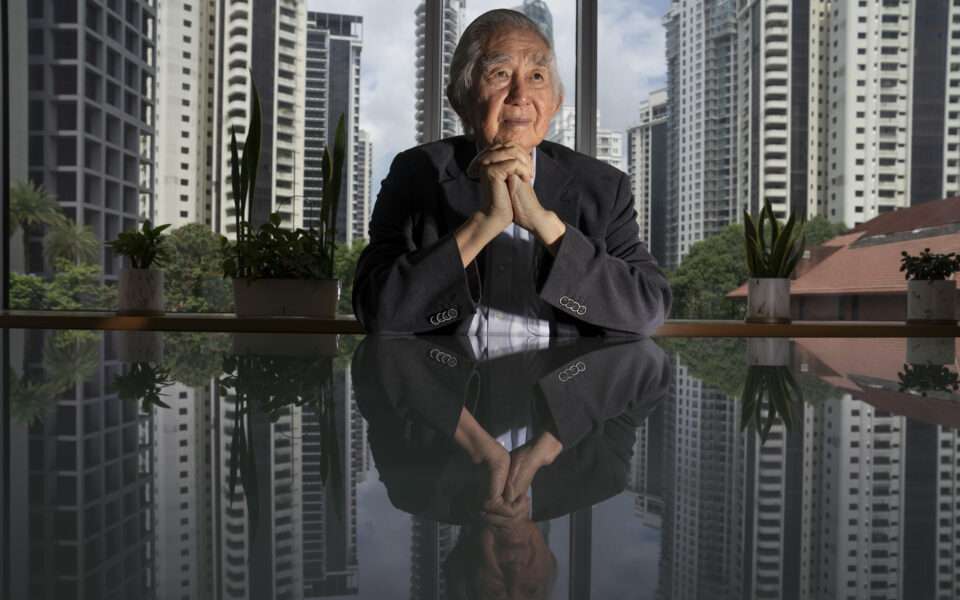Singapore’s public housing, once synonymous with affordability, is facing a new reality as some apartments are now being sold for over $1 million.
Urban planner Liu Thai Ker, credited with Singapore’s housing approach, expressed sadness at the shift, emphasizing that public housing should remain affordable.

Liu, instrumental in developing Singapore’s public housing, returned in 1969 to lead the Housing and Development Board’s design unit. His vision included self-sufficient neighborhoods with schools, shops, and playgrounds, aiming to avoid the poverty concentration seen elsewhere.
READ ALSO: FG Breaks Ground on Student Housing Programme Financed by Family Homes Funds Limited
By 1985, virtually every Singaporean had a home, a remarkable feat in a city once plagued by slums. The government tied affordable flats to pro-family policies and integration efforts, ensuring a balanced mix of ethnic groups in neighborhoods.
Despite record secondary market prices, public housing remains broadly affordable for those qualifying for subsidies. Singapore’s model, though challenging to replicate, serves as a blueprint for other countries, albeit with land acquisition hurdles in democratic settings.
As Singapore continues to evolve, its public housing legacy stands as a testament to the vision of planners like Liu Thai Ker, whose foresight transformed the city-state’s housing landscape.




